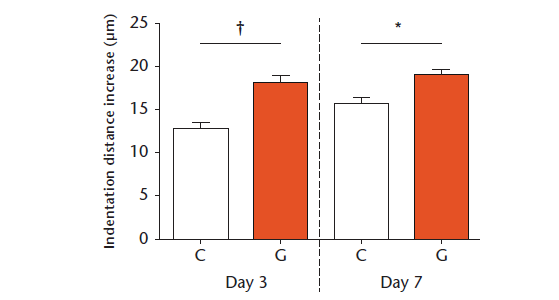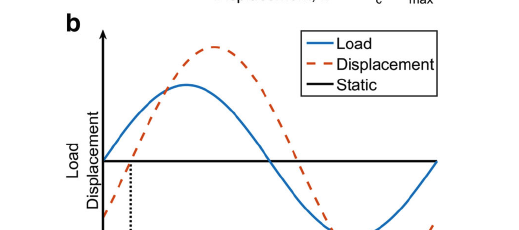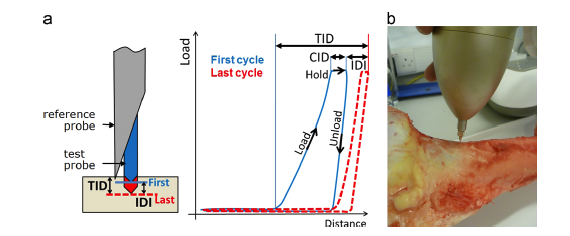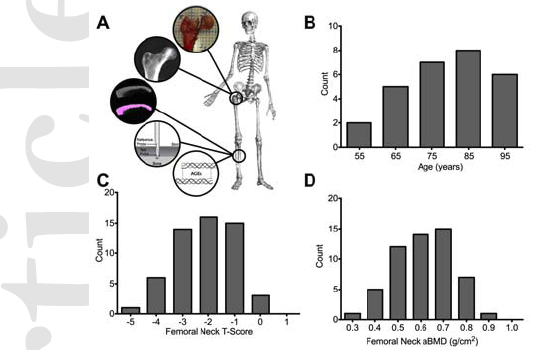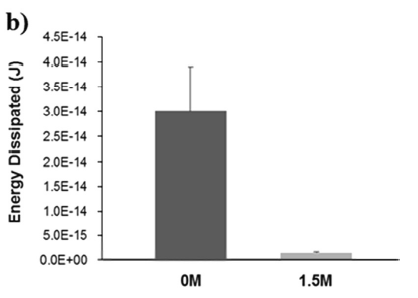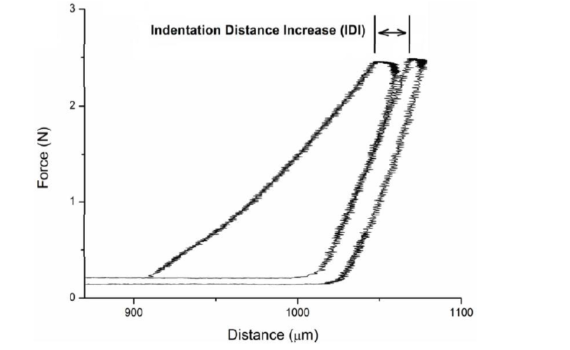Abstract BACKGROUND: Successful fracture fixation depends critically on the stability of the screw-bone interface. Maximum achievable screw torque reflects the competence of this interface, but it cannot be quantified prior to screw stripping. Typically, the surgeon relies on the patients’ bone mineral density and radiographs, along with experience and tactile […]
Bone quality
Abstract OBJECTIVES: Advanced glycation end-products (AGEs) are a post-translational modification of collagen that form spontaneously in the skeletal matrix due to the presence of reducing sugars, such as glucose. The accumulation of AGEs leads to collagen cross-linking, which adversely affects bone quality and has been shown to play a major […]
Abstract Fracture non-unions and bone re-fracture are common challenges for post-fracture management. To achieve better prognosis and treatment evaluation, it is important to be able to assess the quality of callus over the time course of healing. This study evaluated the potential of spatially offset Raman spectroscopy for assessing the […]
Abstract Tissue-level mechanical properties characterize mechanical behavior independently of microscopic porosity. Specifically, quasi-static nanoindentation provides measurements of modulus (stiffness) and hardness (resistance to yielding) of tissue at the length scale of the lamella, while dynamic nanoindentation assesses time-dependent behavior in the form of storage modulus (stiffness), loss modulus (dampening), and […]
Abstract Reference Point Indentation (RPI) is a novel microindentation tool that has emerging clinical potential for the assessment of fracture risk as well as use as a laboratory tool for straight-forward mechanical characterisation of bone. Despite increasing use of the tool, little research is available to advise the set-up of […]
Abstract Reference Point Indentation (RPI) has been proposed as a new clinical tool to aid the diagnosis of Osteoporosis. This study has examined the performance of the tool within entire femurs to improve the understanding of the mechanical properties of bone and also to guide future RPI testing to optimize […]
Abstract The diagnosis of fracture risk relies almost solely on quantifying bone mass, yet bone strength is governed by factors at multiple scales including composition and structure that contribute to fracture resistance. Furthermore, aging and conditions such as diabetes mellitus alter fracture incidence independently of bone mass. Therefore, it is […]
Abstract Non-enzymatic glycation (NEG) is an age-related process accelerated by diseases like diabetes, and causes the accumulation of advanced glycation end-products (AGEs). NEG-mediated modification of bone’s organic matrix, principally collagen type-I, has been implicated in impairing skeletal physiology and mechanics. Here, we present evidence, from in vitro and in vivo […]
Abstract Paget’s disease of bone (PDB) is the second most common bone disease mostly developing after 50 years of age at one or more localized skeletal sites; it is associated with severely high bone turnover, bone enlargement, bowing/deformity, cracking, and pain. Here, to specifically address the origins of the deteriorated […]
ABSTRACT Characterization of bone is important as it aids in the understanding of bone pathologies and their corresponding treatments. Assessment of cortical bone morphology has been identified as an important aspect of overall bone quality as it contributes significantly to the mechanical strength of bone. In the first part of […]


